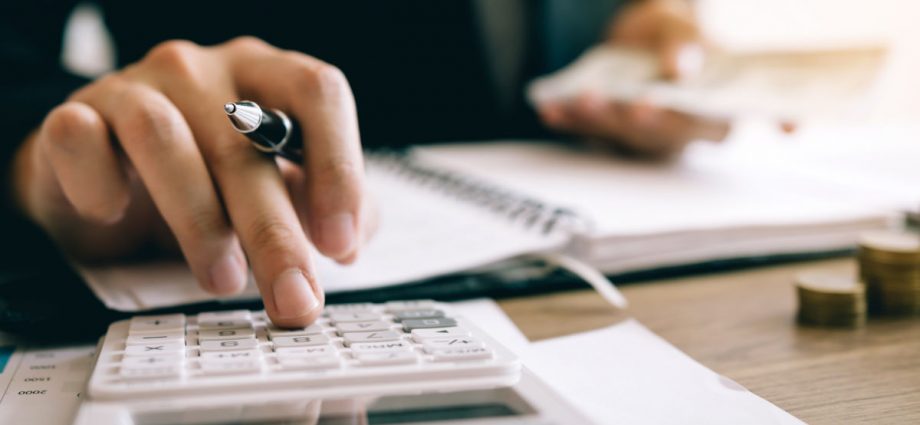“What goes up must come down” isn’t just how gravity works—unfortunately, it also applies to the United States economy. It can’t be bull markets and rainbows all the time, sadly. If you’re someone who got excited about high yield savings account interest rates that were inching above the 2% mark until just a few months ago, it’s time to start recalibrating your expecations.
Notice I didn’t say “panic and move all your money this instant.”
For so many years during and after the recession, we had this mutual understanding that savings interest rates were simply not good. But over the past few years, as the Federal Reserve called for nine consecutive rate increases, banks have gradually rewarded customers with higher rates on high-yield savings accounts. In June, the average savings APY for online banks (the ones usually offering the highest of high-yield interest rates) was 1.69%.
But the handy chart above stops keeping track just a month before the Federal Reserve started to walk back those interest rate hikes. It cut rates in July for the first time since 2008. And so high-yield savings customers have started to see notifications that their interest rates are dropping.
What to do if your high-yield interest rate is going down
Just as it’s not worth switching banks for a minuscule increase in interest rate, it’s not worth switching banks to avoid a slight decrease, either. That new bank could end up adjusting its rates at any time, leaving you with another lackluster interest rate.
Yes, I watched with glee as my online savings APY went from 1.8%, to 2%, to 2.3%. Now, I’ve been watching it drop to 2.1%, and then to 1.9%. But my rate of saving hasn’t changed. I still have the same auto-transfer set up. The money I’ve already saved isn’t losing value–it’s just gaining value more slowly. And because I’m not expecting my money to turn into millions with a 1.9% interest rate, it’s safe to say I’m comfortable waiting out these rate fluctuations.
If sitting on your hands is not your preferred course of action, you have a few options.
First, you could move some of your money into a CD. Since CDs have a fixed term, you get the same interest rate for the entire time period (six months, a year, whichever option you choose). The longer the term, the higher the interest rate. But you can’t add money to a CD after you’ve funded it, and you can’t take money out in the middle of the term without paying for a hefty fee. The exception to this is the no-penalty CD, which typically has a slightly lower APY than a regular CD, and allows you to take all the money back at once if you choose.
Another option is to invest more of your money. For all the worries about the economy, the stock market is still in good shape. You could add to your tax-advantaged retirement account or put more into a non-retirement brokerage account. There’s more risk, but also more potential for long-term growth.
But if, like me, you use your high-yield savings account for your emergency fund, a traditional CD and investments aren’t going to be too helpful in the event you need to get liquid, fast.
For money that’s easy to get your hands on in a matter of a few days, it’s probably best to leave it in that high-yield savings account. Even if the interest rate has dropped to less than 2%.

